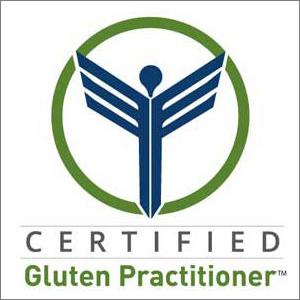 In the spirit of this week’s Independence Day holiday, I’m delighted to announce a guest blogger, and good friend of mine, Jennifer McClanahan-Flint.
In the spirit of this week’s Independence Day holiday, I’m delighted to announce a guest blogger, and good friend of mine, Jennifer McClanahan-Flint.
Real quick, though, I want to share just a few tips for your holiday celebration – so you can enjoy your summertime barbecues without feeling left out.
First, if you’re wondering where to find gluten-free hamburger and hotdog buns, check out these suggestions:
Second, if you find yourself sharing a summertime grill with gluten-loving family members or friends, be sure to save a safe spot on the grill for yourself – so your food won’t be contaminated from things like pesky bread crumbs.
Third, if you’re feeling inspired and want to tackle a recipe or two – be sure to keep reading as Jen shares her expertise on How To Read a Recipe.
Wishing you a safe & happy 4th!
How to Read a Recipe
By Jennifer McClanahan-Flint
Have you ever started cooking a recipe for dinner and realized halfway through that it needs to simmer for 2 hours and you only have 30 minutes until dinner? Or worse, you are near the end of a recipe and realize you are missing a vital ingredient. It has happened to all of us and it usually happens at the worst time.
Many of us are so busy, we quickly scan recipes in cookbooks and online, and decide we want to make them without paying close attention to all the details. This guide is designed to help you effectively read and follow a recipe.
1. Before you start, read the recipe from beginning to end so there are no surprises. Pay attention to the details so you can gauge the time you need to complete the recipe.
2. Most recipes start with the ingredient list. Ingredients are listed in the order in which they are used.
3. Inventory your pantry, refrigerator and/or freezer for all the necessary ingredients in the ingredient list, or have appropriate substitutions on hand.
4. Set out all the required equipment, eg. measuring spoons, food processor, knives, cutting boards.
5. Place all the ingredients and required equipment within easy reach before you start to prepare your dish.
6. Measurements in baking are critical, not as much for cooking. But you should always use accurate measuring utensils, not the spoons or cups that you use for eating or drinking.
- Tbsp = Tablespoon
- Tsp = Teaspoon
- Oz = Ounce
- C = Cup



